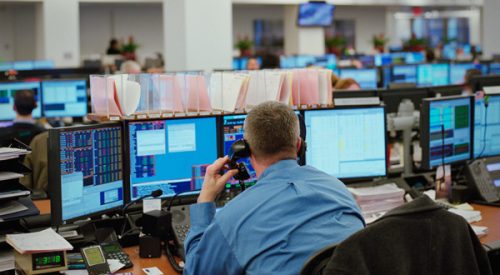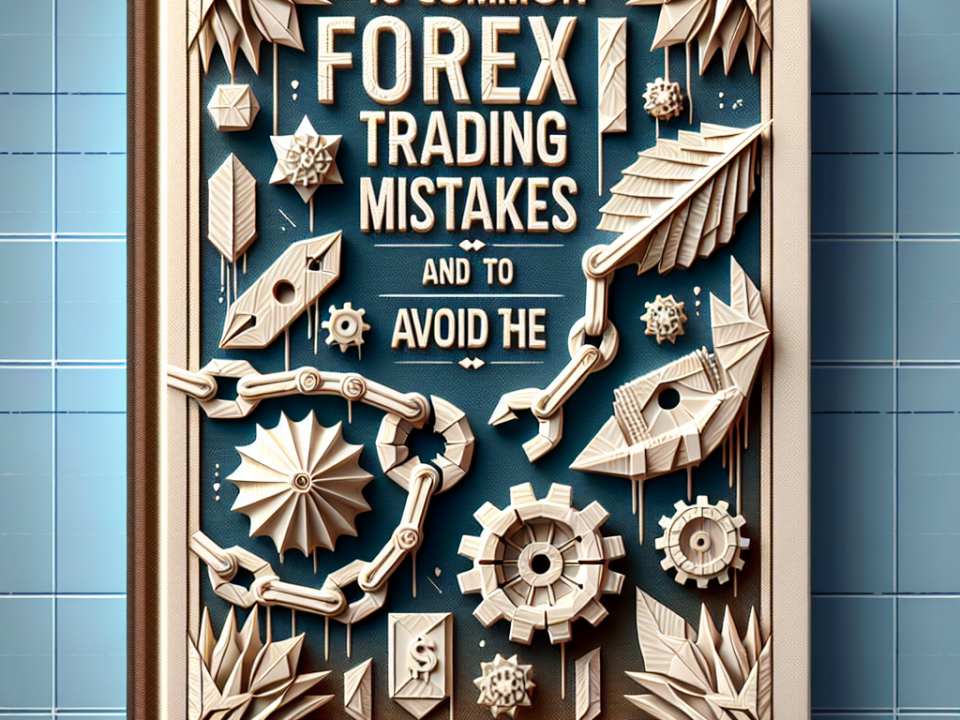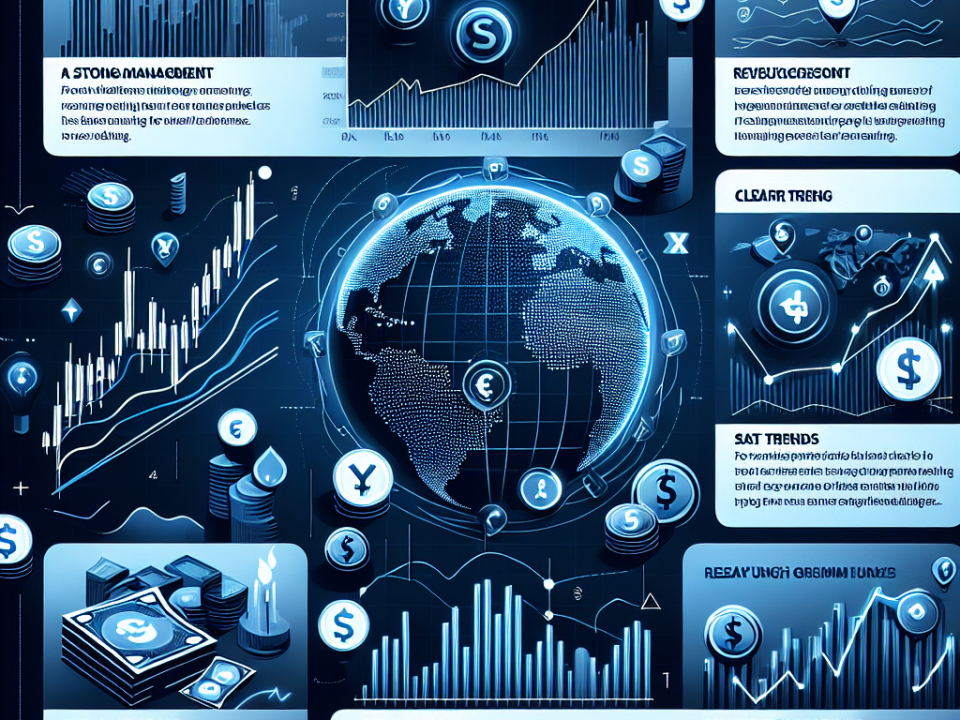
WHAT IS THE MARKET MAKER METHOD
October 1, 2024
What Tools Do the Market Makers Have in Forex
October 1, 2024What Tools Do the Dealers and Forex Brokers Have?
The world of Forex trading is vast and complex, and while retail traders participate in this global market, the real power lies in the hands of dealers and brokers. These key players hold tools and techniques that allow them to influence market conditions, often in ways that benefit them at the expense of their clients.
If you’re serious about becoming a successful Forex trader, it’s essential to understand the tools brokers and dealers have at their disposal. This knowledge will help you navigate the market more effectively and avoid common pitfalls that can lead to significant losses.
Introduction: The Role of Dealers and Brokers in Forex
Forex brokers and dealers act as intermediaries between retail traders and the market. However, their influence goes far beyond merely facilitating trades. They have the ability to manipulate prices, widen spreads, and influence trading conditions in ways that can often work against the retail trader.
The Market Maker Method (MM Method) emphasizes that dealers and brokers are not just passive participants but active players with a clear objective: to make a profit. Their profit often comes at the expense of retail traders, and the tools they use can significantly impact your trading experience.
Why Understanding Broker Tools Matters
Retail traders must be aware of the tools brokers use to manipulate market conditions because these can skew the perceived reality of price movements. By knowing how brokers operate, traders can develop strategies that either avoid falling into broker traps or, even better, align with broker strategies to improve profitability.
What Tools Do Forex Dealers and Brokers Use?
Dealers and brokers have several mechanisms available to influence market prices, many of which aren’t visible to the average trader. Let’s take a closer look at these tools.
1. Requoting
Requoting occurs when a broker offers a new price to a trader after the trader has already tried to enter a trade. This typically happens during times of high market volatility when prices are moving rapidly. Brokers use requotes to avoid fulfilling trades at a price that might be less favorable to them. While this protects brokers from market risk, it can frustrate traders by delaying their entry or exit from a trade.
2. Triggering Stops Within a Price Range
Many brokers have insight into where their clients have placed stop-loss orders. Knowing this, they can manipulate prices within a certain range to trigger these stops. This action forces traders out of their positions, often resulting in unnecessary losses. On platforms like MT4, brokers have tools to facilitate this behavior, allowing them to clear out stops and make a profit from the liquidity generated by these trades.
3. Varying the Spread
The spread is the difference between the buy and sell prices (bid and ask) of a currency pair. Brokers can widen this spread at times that are advantageous to them. For example, during volatile news events or periods of low liquidity, brokers may increase the spread to widen their profit margins. For retail traders, this means that the cost of entering and exiting trades becomes more expensive, and strategies like scalping can quickly become unprofitable.
4. Price Spikes
Brokers can also generate price spikes to intentionally hit traders’ stop-loss orders. These spikes are often artificial and short-lived, designed to take traders out of the market before the price quickly returns to its normal range. Retail traders should be aware of this tactic, especially when trading with brokers known for price manipulation.
5. Targeting Traders in Margin Trouble
If a trader’s position is approaching a margin call, the broker knows this. Brokers can use this information to move the price against the trader, pushing them into a margin call and forcing the liquidation of their position. This is another way brokers generate profits, as the liquidation of a position often frees up liquidity that brokers can take advantage of.

The Goal of Brokers and Dealers: Profit at All Costs
The sole goal of market makers, brokers, and dealers is to make a profit. Their tools are designed to manipulate prices in ways that benefit them while making trading more challenging for retail participants. They operate in-house, meaning many of the trades you make never even reach the interbank market. This gives brokers immense control over price movements and the ability to influence market conditions.
Why Small Retail Traders Struggle Against Big Institutions
In the Forex market, price movements are largely driven by large institutions—banks, hedge funds, and multinational corporations that conduct massive transactions. These institutions have the power to move the market, while small retail traders are left reacting to these moves.
Institutional vs. Retail Transactions
To put things into perspective, it takes roughly 10,000 lots to move the market by one pip. If a large institution places an order to buy $1 billion worth of a currency, it would require 10,000 small traders to sell one contract each at the same time to balance that transaction. As you can imagine, this is highly unlikely, giving the institution overwhelming market power. Retail traders are left at the mercy of these market-moving entities.
Logical Market Movements, Not Sentiment
Unlike retail traders who often make emotional decisions based on short-term sentiment, institutions and brokers move the market based on deliberate, logical decisions. The price is not a reflection of emotions but rather a product of carefully calculated actions by large players. Retail traders often misinterpret price movements as random or sentiment-driven when, in fact, they are the result of strategic decisions by major institutions.
Learning to Adapt: Understanding Broker and Dealer Tools
To become a successful Forex trader, you must understand the tools brokers use and adjust your trading strategies accordingly. Here’s how you can adapt:
1. Spotting Broker Manipulation Patterns
Many brokers use similar patterns of manipulation, such as triggering stops or varying the spread during high-impact news events. By studying historical price data, you can learn to recognize these patterns. Once you understand how brokers are likely to manipulate prices, you can develop strategies that take advantage of these moves instead of falling victim to them.
2. Selective Trading: Quality Over Quantity
Instead of attempting to trade every market move, focus on high-probability setups. Trading selectively allows you to avoid times when brokers are most likely to manipulate prices. By trading on clear patterns and major institutional moves, you can improve your chances of success.
3. Stay Calm and Avoid Emotional Trading
Successful traders rely on logic and strategy, not emotion. When brokers manipulate prices, it can be easy to get caught up in the moment and make rash decisions. By staying calm and focusing on your trading plan, you’ll be less likely to fall into broker traps.
Trading Should Be Relaxing, Not Stressful
One of the most important lessons in trading is that it should be reasonably relaxing. While it may seem counterintuitive, the best traders avoid constantly chasing trades. Instead, they wait for the perfect setup and then capitalize heavily on that move. Trying to trade every movement increases stress and leads to mistakes, especially when dealing with broker manipulation.
Final Thoughts: Align with the Market Makers
Retail traders often try to compete against market makers, but this is a losing battle. Instead, you should aim to align with market makers by understanding their strategies and learning to trade alongside them. Identifying the patterns used by brokers and dealers will help you avoid being manipulated and even use their strategies to your advantage.
By investing in your education and developing a deep understanding of how brokers operate, you can improve your chances of success in the Forex market. Knowledge alone won’t make you financially independent—you also need to practice patience, discipline, and smart risk management.
Conclusion
Understanding the tools that brokers and dealers have at their disposal is essential for any Forex trader looking to succeed in the market. From manipulating spreads to triggering stops, brokers use these tools to increase their profits, often at the expense of retail traders. By being aware of these tactics and adjusting your trading strategies, you can protect yourself from falling into broker traps and increase your chances of long-term success.
FAQs
1. What are some common tools brokers use to manipulate prices?
Brokers commonly use tools like requotes, triggering stops, varying spreads, and price spikes to manipulate prices and increase their profits.
2. How can I protect myself from broker manipulation?
You can protect yourself by studying broker manipulation patterns, using wider stop-losses, and trading selectively during times of less volatility.
3. Why do brokers target traders in margin trouble?
Brokers target traders in margin trouble because they know that forcing these traders to liquidate their positions can generate liquidity and profit for them.
4. What is the role of large institutions in Forex trading?
Large institutions dominate Forex trading by conducting massive transactions that can move the market. Retail traders are often reacting to the moves made by these institutions.
5. How can retail traders align with market makers?
Retail traders can align with market makers by understanding their strategies and following institutional moves rather than trying to compete against them. This involves studying historical price patterns and being selective with trades.




